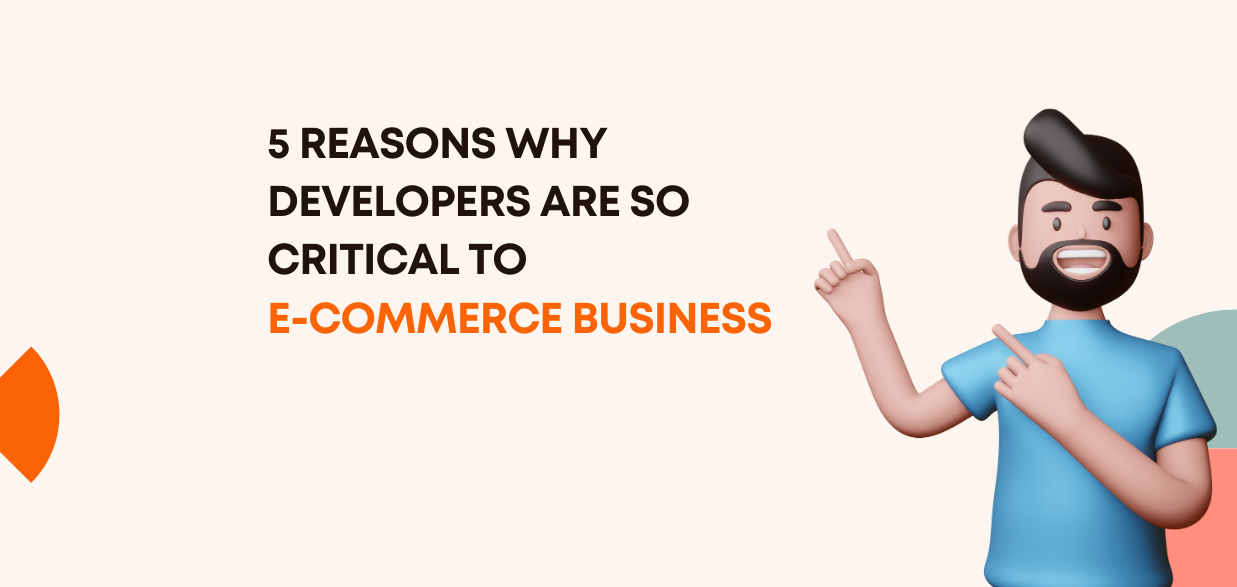Implementing a Successful Magento E-Commerce Site
The e-commerce industry is growing rapidly, and more businesses are turning to online stores as an effective way of reaching customers. One popular platform for creating an online store is Magento, which offers powerful tools and features that make it easy to build a successful website. In this blog post, we’ll discuss the key steps involved in implementing a successful Magento e-commerce site with the help of a Magento Development Company.
Step 1: Choose Your Hosting Provider
Choosing the right hosting provider and Magento Migration Experts can be one of the most important decisions you make when setting up your e-commerce site. You need to ensure that your host has enough resources available to handle any traffic spikes or other issues that may arise during peak times.
Step 2: Design & Develop Your Storefront
Once you have chosen your hosting provider, it’s time to start designing and developing your storefront with Magento’s intuitive design tools and templates. Make sure all elements such as product images, descriptions, pricing information, etc., are accurate and up-to-date before launching your store live on the web! Magento developers can be a great asset to any business looking to design and develop their storefront. A Magento Development Company will have the expertise and experience needed to create an effective online store that meets your needs. With a team of experienced Magento Developers on board, you can rest assured that your website is in good hands.
Step 3: Set Up Payment Processing Options
In order for customers to purchase products from your store they will need some form of payment processing option set up. Working with a Magento Development Company can help you set up payment processing options for your business. Additionally, they can also offer Magento Migration Services which is important when transitioning from one platform to another or upgrading an existing system.
Step 4: Optimize For SEO & Mobile Devices
Search engine optimization (SEO) plays an important role in helping potential customers find their way around your website easily – making sure
- title tags
- meta descriptions
- page content, etc.,
contain relevant keywords related to what people might search for when looking at purchasing something similar from elsewhere on the internet.
Step 5: Test Before Going Live!
Last but not least – don’t forget about testing everything thoroughly before going live with your new shop front! This includes checking out different browsers across multiple platforms (desktop/laptop computers plus various types of mobile phones ) ensuring there aren’t any bugs present that could cause problems down line later on!
Conclusion
In conclusion, implementing a successful Magento e-commerce site requires careful planning and the right team of experts. Working with experienced Magento Migration Experts to ensure that your data is transferred correctly will help you get off on the right foot. Additionally, having an experienced team of Magento Developers who can customize your store for maximum efficiency and usability is essential in order to create a successful online shopping experience. With these two key components in place, any business should be able to build a successful eCommerce website using Magento.


